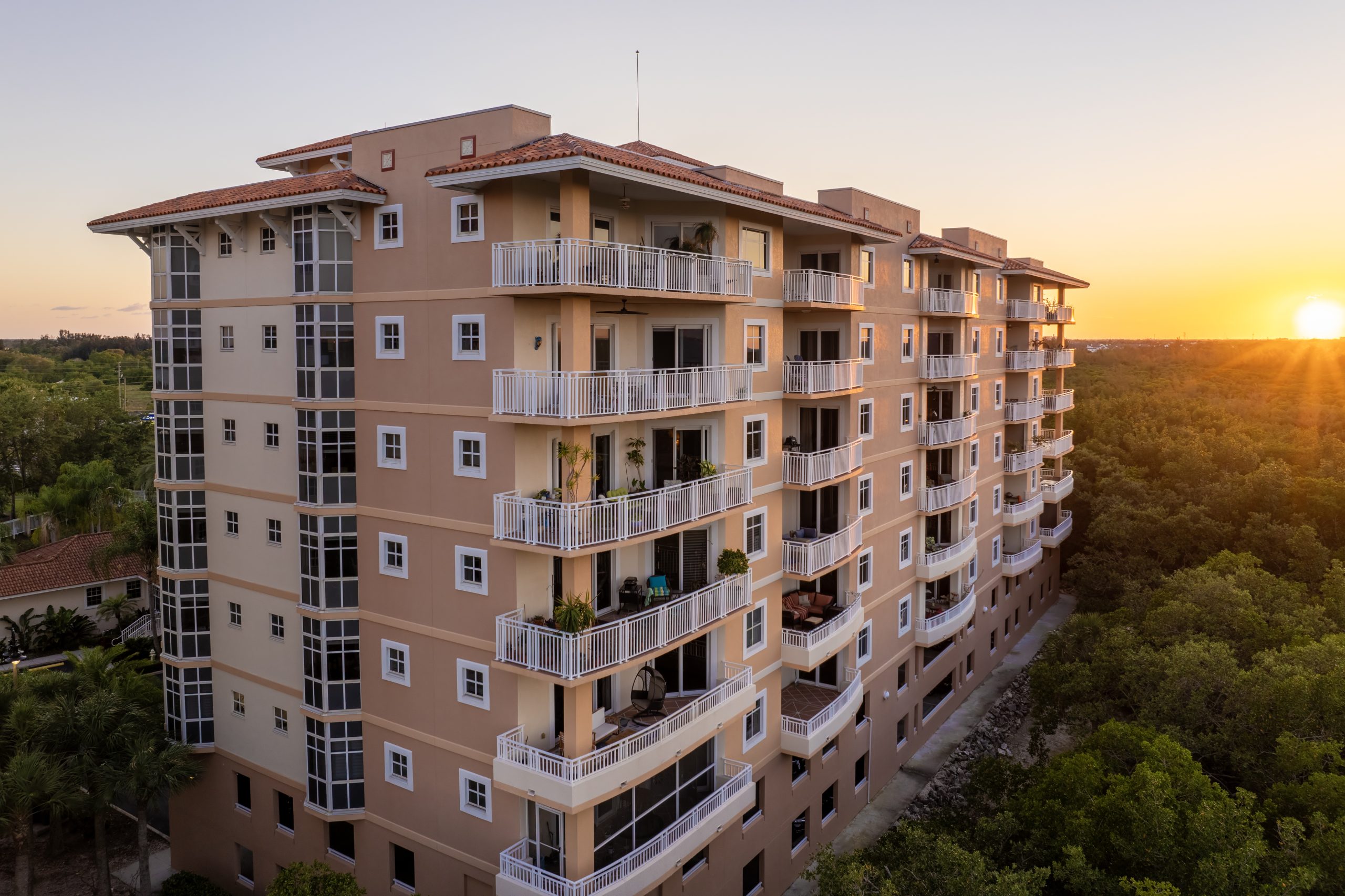8 Types of Risk Every Real Estate Investor Should Know About

There’s no doubt that real estate investing is a lucrative industry. As this Gallup survey found, real estate (at 35 percent) still ranks top as the most favored investment by Americans. That puts it ahead of stocks and mutual funds.
Investing in real estate is one of the best ways to earn passive income and build wealth.
However, if you’ve just set foot in the world of real estate investing or have little experience, you need to look beyond an attractive building or projected income from the property.
Read the article to learn about eight major risks of real estate investing and the best ways to avoid them.
8 Types of Real Estate Investment Risk
1. General Market Risk
The market in which an investment property is located can affect the supply and demand of the property. Market developments like interest rates, a slowing economy, a boom in new developments within the market, inflation, and other trends can cause ups and downs.
A smart way to mitigate this risk is diversification of your portfolio and develop a future strategy to help you navigate the market conditions.
2. Liquidity Risk
Before purchasing property, you should know that investment properties are illiquid. You can’t easily sell them if you want to cash out, like you would with stocks. For this reason, you may end up selling below market or at a loss if you need money quickly.
This lack of liquidity forces real estate investors to hold their investments for longer, posing a risk if you need to unload your property quickly.
While you cannot rush the process of selling property, there are other ways to lower this risk:
- take out a home equity loan if it’s a residential rental property
- apply for a loan refinance
- take a commercial equity loan or equity line of credit for commercial properties.
3. Asset-Level Risk
There are various asset types you can invest in, and each investment comes with unique risks. Consider this example:
Residential apartments are always in demand, regardless of the economic condition of the market. That’s why multifamily real estate is considered low-risk. However, they are also low-profit investments.
High-risk investments are characterized by high profits. Take hotels, for example. They provide short, seasonal stays to travelers and tourists, meaning they depend on these sectors to sustain their businesses. They are, thus, considered to be high-risk investments. But then again, their profits are higher compared to apartments or offices.
4. Vacancy Risk
Whether you own an office building, an apartment complex, or a single-family house, you need to fill them with tenants to generate income. The problem is, owning an investment building doesn’t guarantee 100 percent occupancy and steady income.
There’s the risk of high vacancy rates, which can yield negative cash flow. Furthermore, high vacancy can be particularly risky for real estate investors who rely on rental income to pay off their mortgage, property taxes, insurance, and other expenses.
As an investor, you can minimize vacancy risk by:
- buying an investment property in a good location where demand is high
- pricing your rental rates within the market range for that location
- advertising a vacancy as soon as the current tenant gives notice that they are moving out
- promoting and marketing your property to your target tenants
- developing a reputation for excellent quality, well-maintained and tidy properties
5. Location Risk
When it comes to real estate investing, location is a top priority.
You might own the best and nicest-looking building, but if its location is bad, you won’t get tenants. Location can be a huge risk in real estate investment for several reasons:
- Supply and demand. Is there a demand for rental properties in that location? A location might seem conducive for real estate investing due to lower prices. However, that would also mean there are too many investment properties in that location, yet the job market is poor. That would make your investment risky.
- Crime rates. Safety is among the top factors tenants consider when renting or buying a property. If you invest in a location with a relatively high crime rate, you risk your property getting robbed or vandalized, which would result in unexpected losses or repairs. Plus, tenants won’t be interested to buy or rent in such an area.
- Appreciation. The location determines the appreciation of the property. Therefore, research the location to determine the level of appreciation. Low appreciation will lead to losses since you will get negative returns on your investment when you decide to sell.
Therefore, carefully consider the location before purchasing an investment property.
6. Financial/Debt Risk
In real estate investing, it’s common for investors to borrow money from financial institutions to finance the purchase. They do this, believing they will clear the debt with the expected income from the rental property.
However, such hard money loans require collateral, which is usually the property being financed. If you default, the lender can seize your property. Furthermore, foreclosures may arise because of overleveraging, debt maturity risk, or both.
Overleveraging is when an investment property has more debt than it can service. Note that banks and other lenders won’t lend beyond what you can pay. But if the vacancy rates are high to the extent that the interest or amortization payments exceed the income generated by the property, overleveraging risks arise.
7. Legislative Risk
While the location of your investment matters a great deal, the legal regulations in that location should be carefully considered. Changes or modifications in regulations by the government might adversely affect your real estate investments.
Government regulations like tenant laws, registration processes, rent control laws, taxes, etc. need careful consideration before investing. For example, many local authorities have issued legislation limiting short-term Airbnb rentals. So, if you’re planning to invest in Airbnb, check out the laws governing Airbnb rentals.
8. Default Risk
Tenants of your investment property can pose certain risks to your business. Large multinational companies tend to be better tenants compared to small businesses. Moreover, a single tenant poses more risk than multiple tenants. With a single tenant, the occupancy rate is either 100 percent or zero percent. This can result in unpredictable income flow if the tenant vacates.
What Makes a Real Estate Investment Safe?
Is real estate investment safe? This is one of the most common questions asked by new investors. Well, nothing is 100 percent safe when it comes to investing. There are risks involved since you’re putting your capital into an asset in the hopes of getting good returns. And, whenever there’s a chance to earn a profit, there’s a chance of a loss.
Start investing
with LBC Capital Income Fund, LLC Income Fund
That said, there are certain factors that make real estate a safe investment option:
- Equity. As you make your monthly mortgage payments and the value of your home increases, you gain more and more equity in your property. If you need to cash out for any reason, you can pocket the profit after the sale. Or, you can borrow money against the property.
- Tangible asset. Whenever you invest in real estate, you buy a tangible asset. Regardless of the market conditions, you’ll always find your property beneficial. Let’s say you can’t find tenants or the vacancy rate is too high. You can resort to making your property your primary home.
- Investing in land. The best thing about real estate investing is that when you purchase property, you also buy the land it’s on. And as we all know, the land is a limited resource, which means its price will keep going up indefinitely into the future. This also means your total real estate value will keep increasing in the long term.
- Security. Investing in real estate provides a sense of security and an opportunity for steady income streams. In addition, appreciation increases the value of your home, which means greater yield in the long term.
- A hedge against inflation. A well-managed property will continue to appreciate and generate more income. When prices rise due to inflation, so does the rent.
Wrapping Up
There’s no such thing as zero risks in real estate investing. By understanding the various real estate investment risks, an investor stands a better chance to mitigate them and come out on top. Some ways to reduce these risks include diversification of investment portfolio and in-depth analysis of the markets and financial performance of investment properties.

